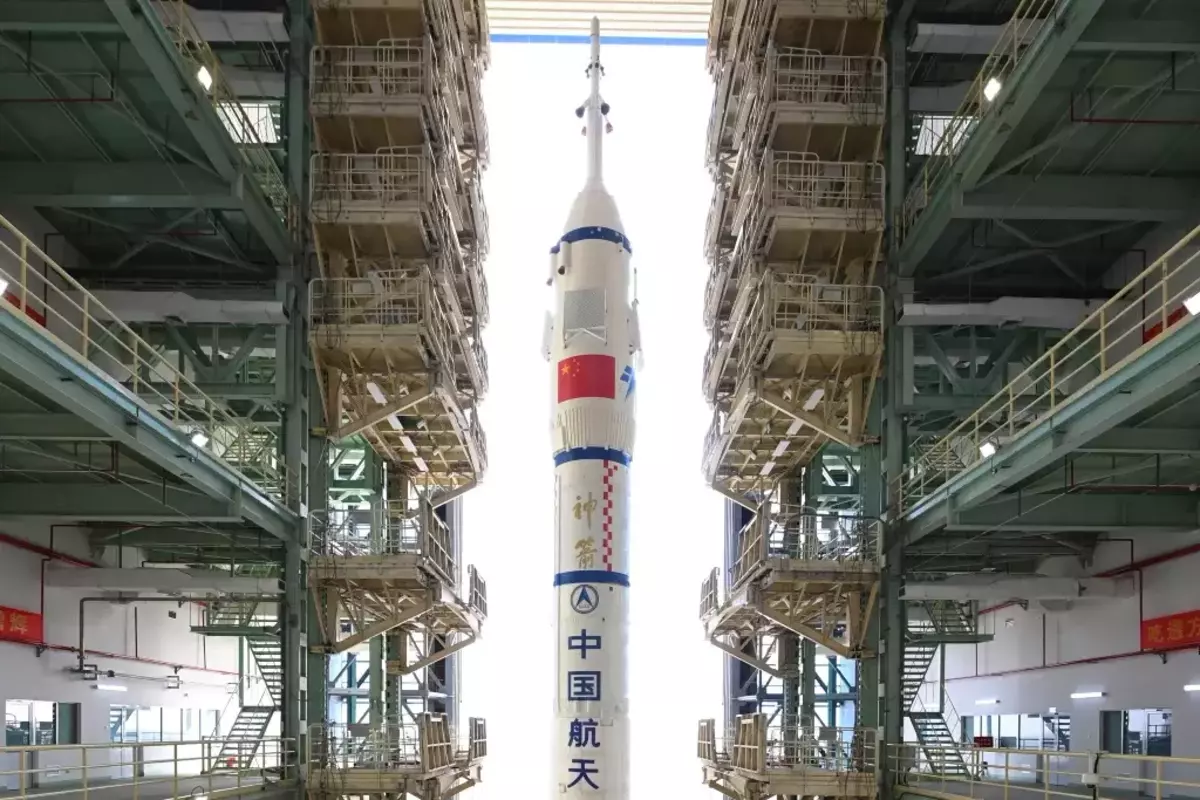
A veteran Chinese astronaut stated that China’s next-generation crewed spacecraft, which can transport up to seven astronauts, could fly for the first time between 2027 and 2028.
China’s human space adventures began in 2003 when Yang Liwei, a veteran fighter pilot, was launched into orbit in a small bronze-colored capsule called the Shenzhou-5, becoming China’s first man in space and an instant hero cheered by millions at home.
On Monday, at a Chinese University, Yang said, “In the future, a new generation of spacecraft will be used on crewed lunar missions, to build our space station, and for deep-space exploration”.
Recent testing on the next-generation spacecraft’s return capsule has been very successful, with initial flights scheduled for 2027 to 2028, according to Yang, who is also the deputy chief designer of China’s manned spaceflight project.
The next-generation spaceship was tested for the first time in 2020.
Since China’s space station went operational late last year, attention has shifted back to a project to send astronauts to the moon by 2030, with engineers recently revealing more details of the plan, including the type of carrier rockets to be used and the spacecraft transporting astronauts and other equipment.
China’s current Shenzhou spacecraft, which is based on Russia’s Soyuz, can carry up to three astronauts into low-Earth orbit. It is made up of three modules: a life-support and propulsion module, an in-orbit module for short-term human habitation, and a re-entry capsule for astronauts’ return to Earth.
According to Zhang Bainan, principal designer of the trial prototype of the next-generation spacecraft, the new generation of crewed spacecraft will consist of only two parts: propulsion and the return modules, allowing for larger modules and a larger carrying capacity of up to seven passengers.
Because of the return module’s great heat resistance, much of it can be reused.
Also read: UPA Likely To Get A New Alliance Name As 26 Opposition Parties Gather
To read more such news, download Bharat Express news apps


















